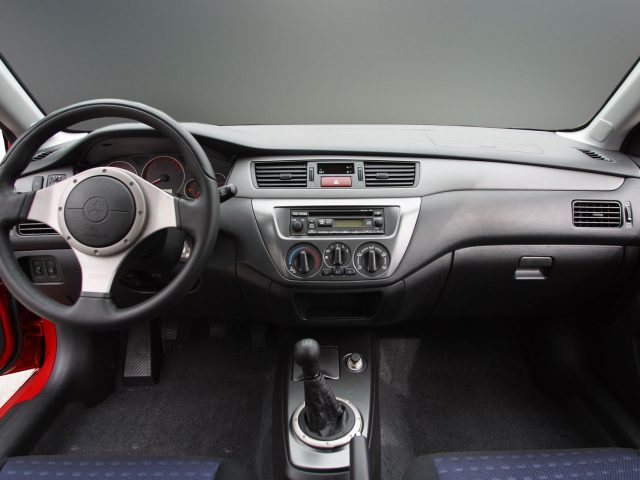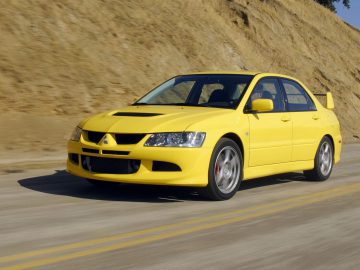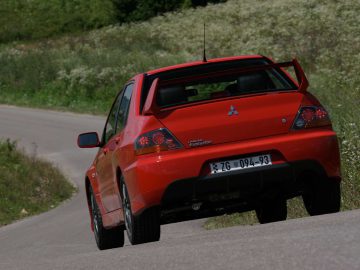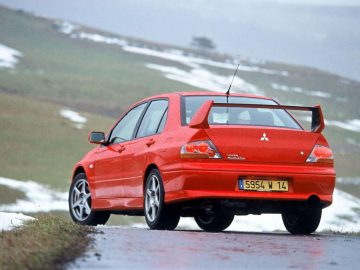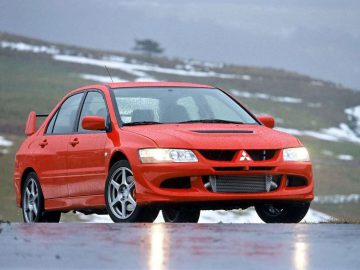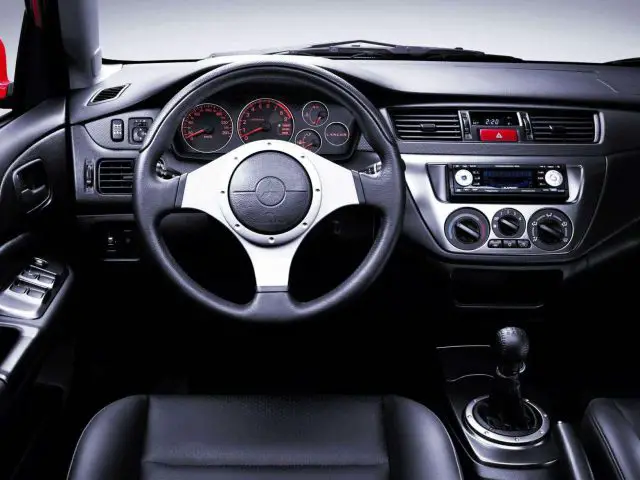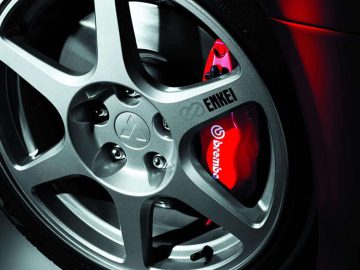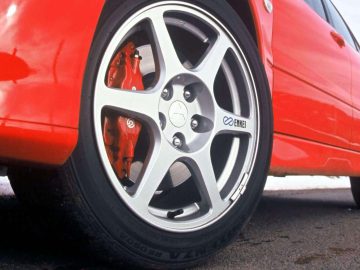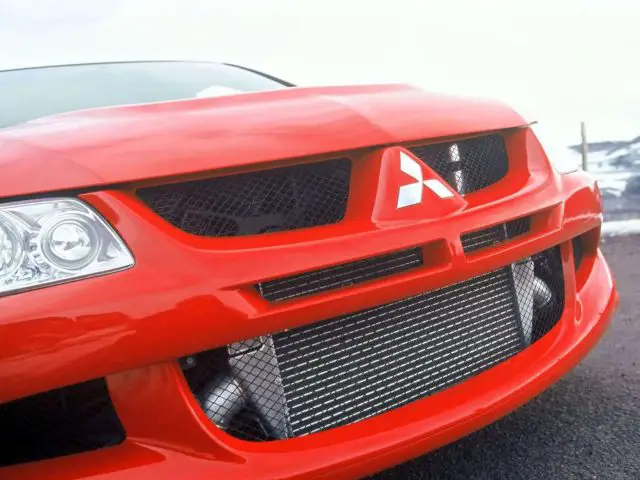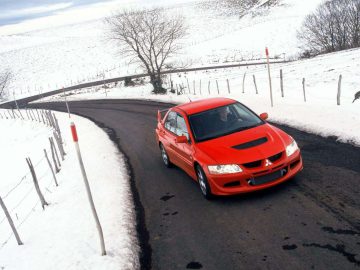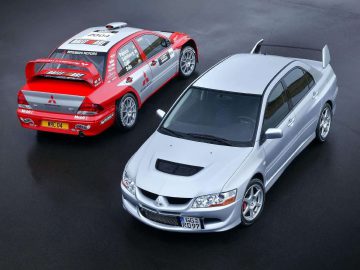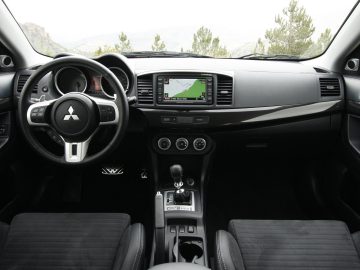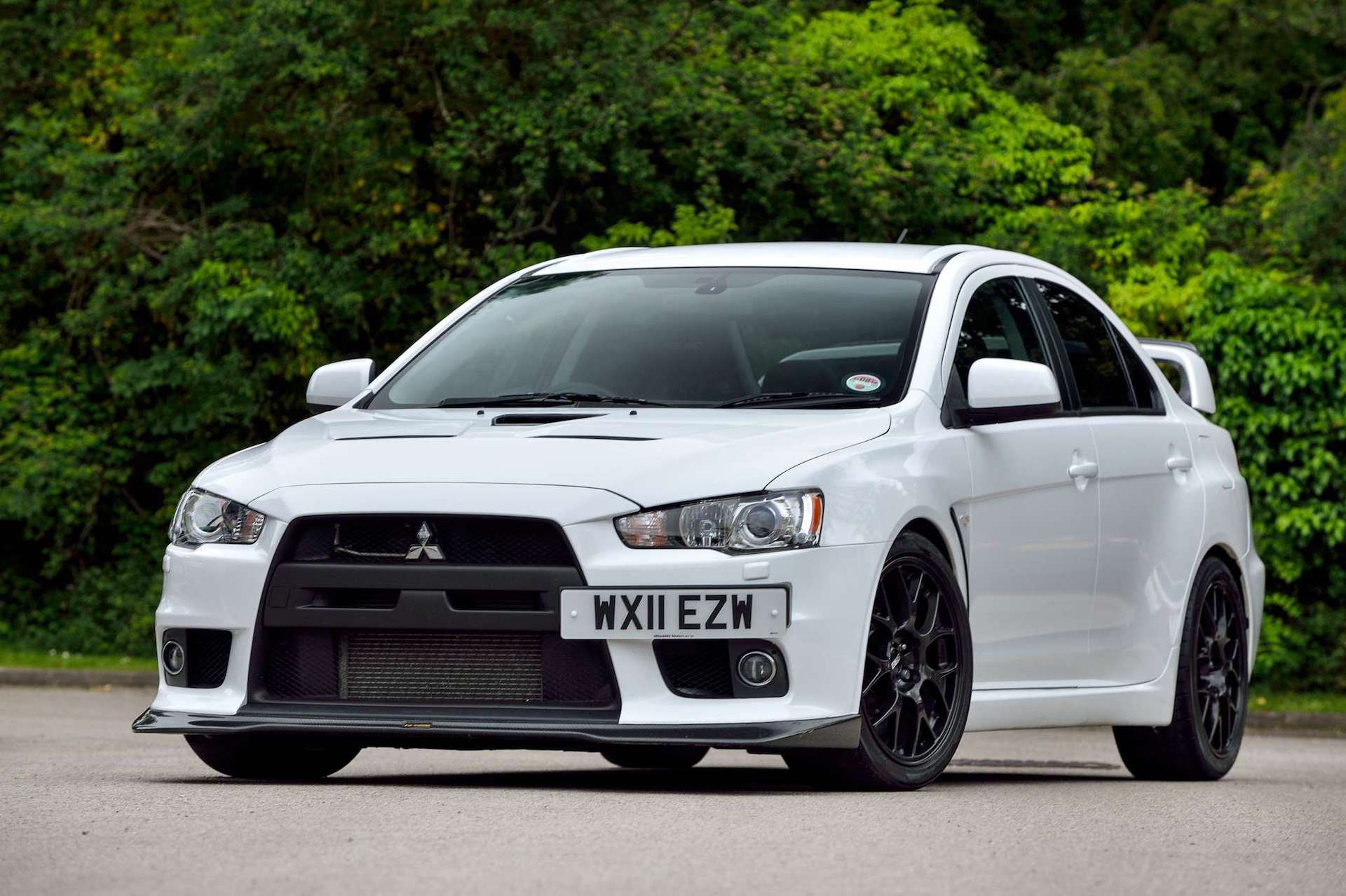Mitsubishi EVO – everything you need to know
Small note
In fact, two words are missing from the title of this article: Lancer and Evolution. In fact, officially this car listens to the name Mitsubishi Lancer Evolution, but in the vernacular and thus on the Internet it is more often called Mitsubishi EVO.
Ten generations of Mitsubishi EVO
In any case, the term EVO does not refer to one model, but to a whole series of EVO models. A total of ten generations of the rally car have appeared, built between 1992 and 2016. For the complete EVO story, you should actually take a study. Anyway, in this article we will introduce you to the world of the Mitsubishi Lancer Evolution.
- I – October 1992 to January 1994
- II – January 1994 to February 1995
- III – February 1995 to August 1996
- IV – August 1996 to January 1998
- V – January 1998 to January 1999
- VI – January 1999 to August 2001
- VII – August 2001 to January 2003
- VIII – January 2003 to March 2005
- IX – March 2005 to January 2007
- X – October 2007 to May 2016

Mitsubishi EVO soon popular worldwide
The Evolution was initially intended only for the Japanese market. But it soon became apparent that enthusiasts were bringing several specimens to their home countries via gray imports. That did not go unnoticed by Mitsubishi. Therefore, the Japanese brand decided to sell the Evolution outside Japan. This happened from about 1998 in the United Kingdom and also in other European countries.
Pleasant recipe
In Europe, we have come to know the Lancer Evolution primarily as the Evolution V. The first four generations are very limited in appearance on European soil. The recipe for the Mitsubishi EVO has actually changed little over the years: a sedan with all-wheel drive, a powerful turbocharged engine and hefty spoilers. Mitsubishi drags this pleasant recipe fine time and again, including with smart electronic systems and comfort features. Thus, each Lancer Evolution became a little bit better. The Evolution V already had an output of about 280 hp, but in practice it always turned out to be a bit more. Moreover, you can very easily adjust the engine power with some adjustments to the engine management and turbocharger. Do you want 600+ horsepower? It is possible.

Tommi Mäkinen Edition
The popularity of the Mitsubishi EVO increased in the Netherlands especially with the introduction of the Lancer Evolution VI. Aggressive styling combined with serious performance still makes this a beloved classic, especially as a Tommi Mäkinen Edition. This version appeared in December 1999 and is named after Finnish rally driver Tommi Mäkinen who managed to win four WRC drivers’ championships for Mitsubishi.
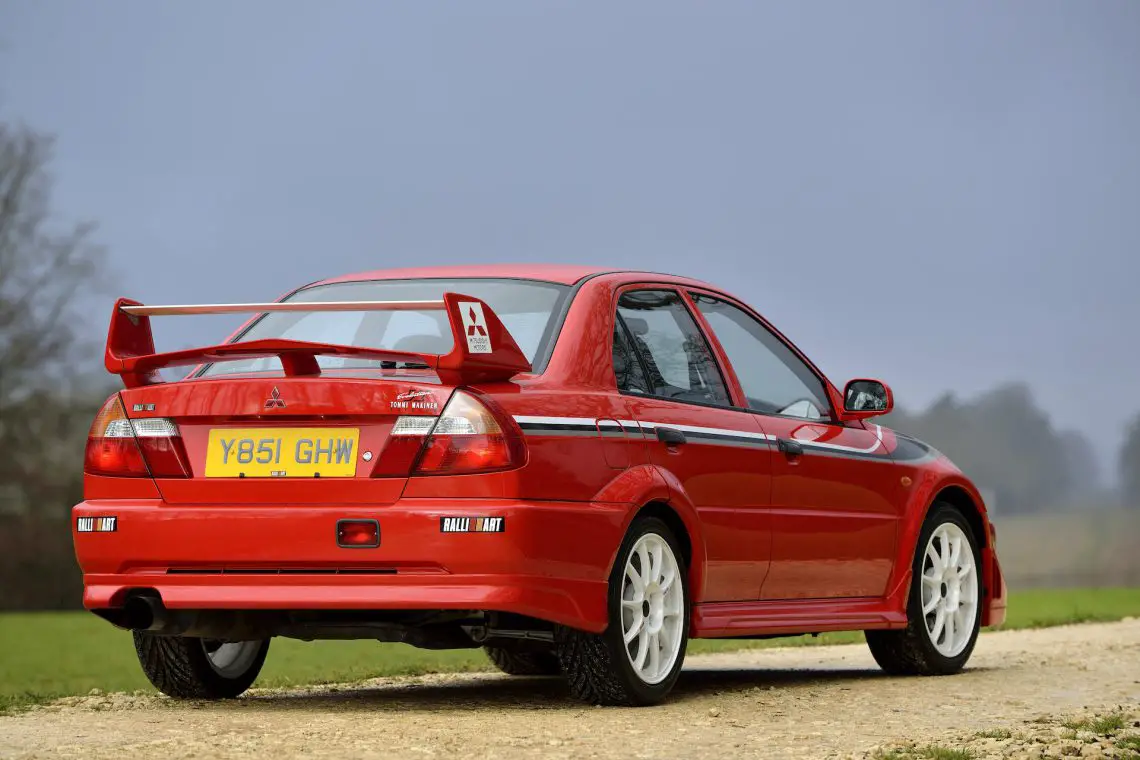
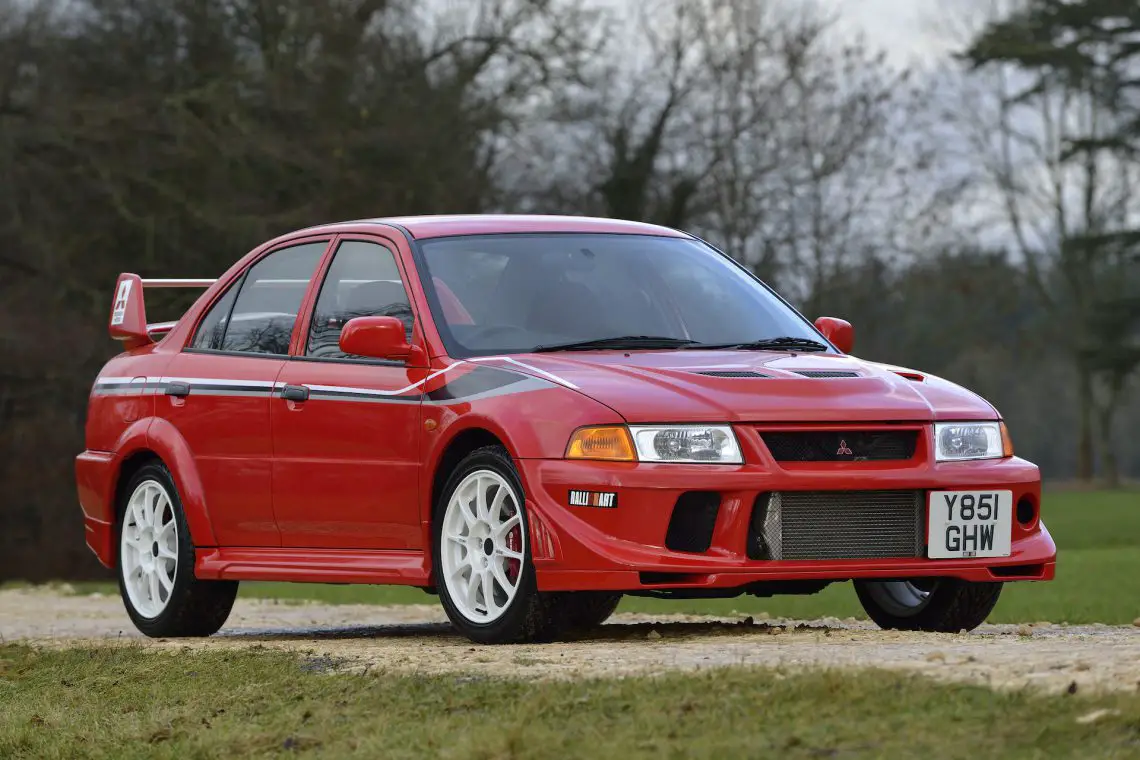
Several variants
Well-known model variants of the Mitsubishi Lancer Evolution are the RS, GR, GSR, GT-A, MR, FQ-300 and MR FQ-360 with the absolute highlight in terms of power: the Mitsubishi Lancer Evolution X FQ-440 MR. The latter was never delivered in the Netherlands, but it was delivered in the United Kingdom in an edition of only 40 copies (new price: 50,000 pounds). We wrote it at the beginning: for the layman, these terms are probably abracadabra, but for enthusiasts, it’s cut and dry. Those enthusiasts, by the way, take for granted that most specimens have the steering wheel on the right. In fact, most EVOs find their way to Europe via gray imports. There are some cars that have been converted, but of course you would rather have an original.

Breakthrough in United States
At one point, the Mitsubishi Lancer EVO also broke through in the United States. Not only because Mitsubishi had seen that Subaru was particularly successful with the Impreza WRX, but also because of the appearance of an Evolution VII in the movie 2 Fast 2 Furious in which the car was driven by Paul Walker. Since then, the Mitsubishi EVO has been unmissable in the tuning scene.
Mitsubishi EVO IX Wagon
You probably know the Mitsubishi EVO only as a sedan, but a Wagon has also appeared based on the Lancer EVO IX. Yep, an estate version of the EVO. About 3,000 or so of these were reportedly produced. About 50 percent of these cars had a six-speed manual transmission. The most common colors were silver, black, blue, gray. The manual GT Evolution Wagon did not weigh much more than the Evo IX sedan. The extra 20 kilograms was due to reinforcements in the doors, heavier folding rear seats, the larger tailgate and extra side windows.

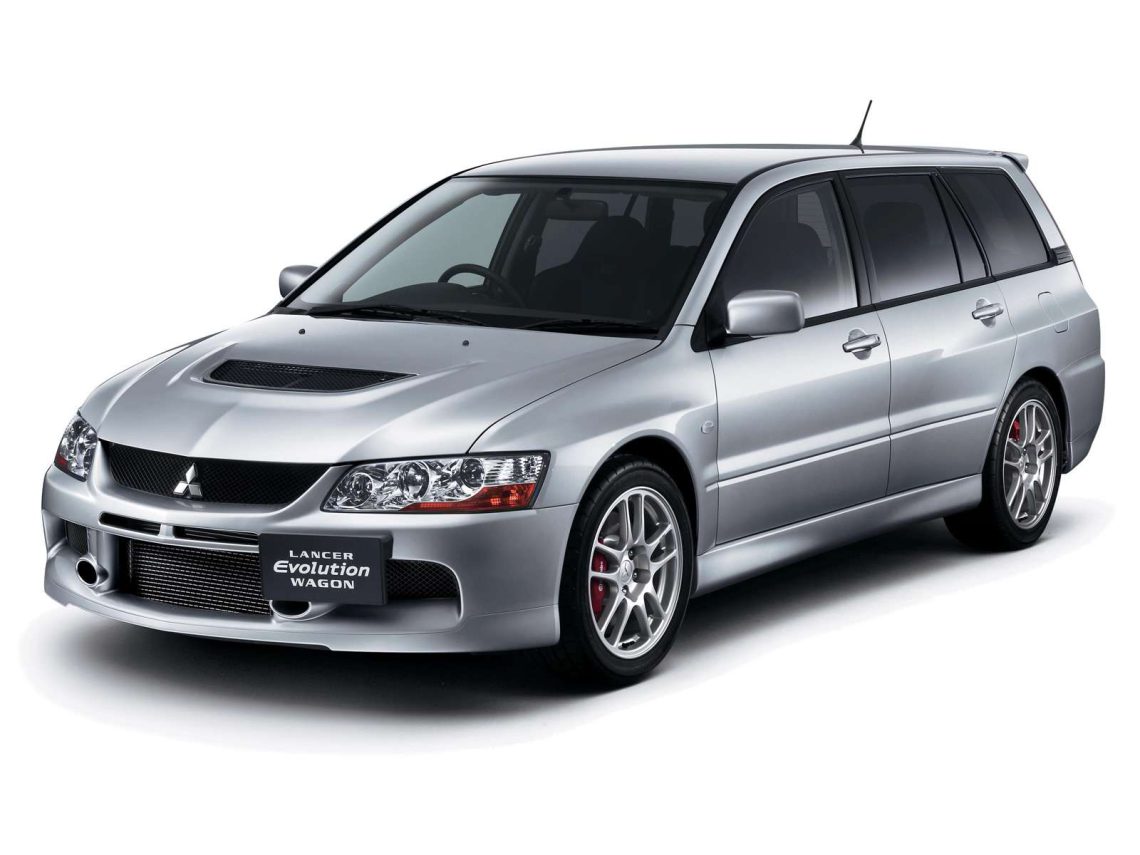
Mitsubishi Lancer Evolution X
With the Mitsubishi Lancer Evolution X, the EVO era came to an end, but fortunately the tenth generation Mitsubishi EVO did have a long life, as the model was produced for almost a decade. Production ended in mid-2016. The variant comes with a manual transmission or a Twin-Clutch Sportronic Shift Transmission (TC-SST) with dual clutch. Sales of the Evolution X began on Oct. 1, 2007, in Japan and New Zealand.
In May 2008, the car also came to Europe. Here the GSR and MR versions came, possibly with premium package for some extra luxury. An MR Touring variant also appeared, without an eye-catching rear spoiler.
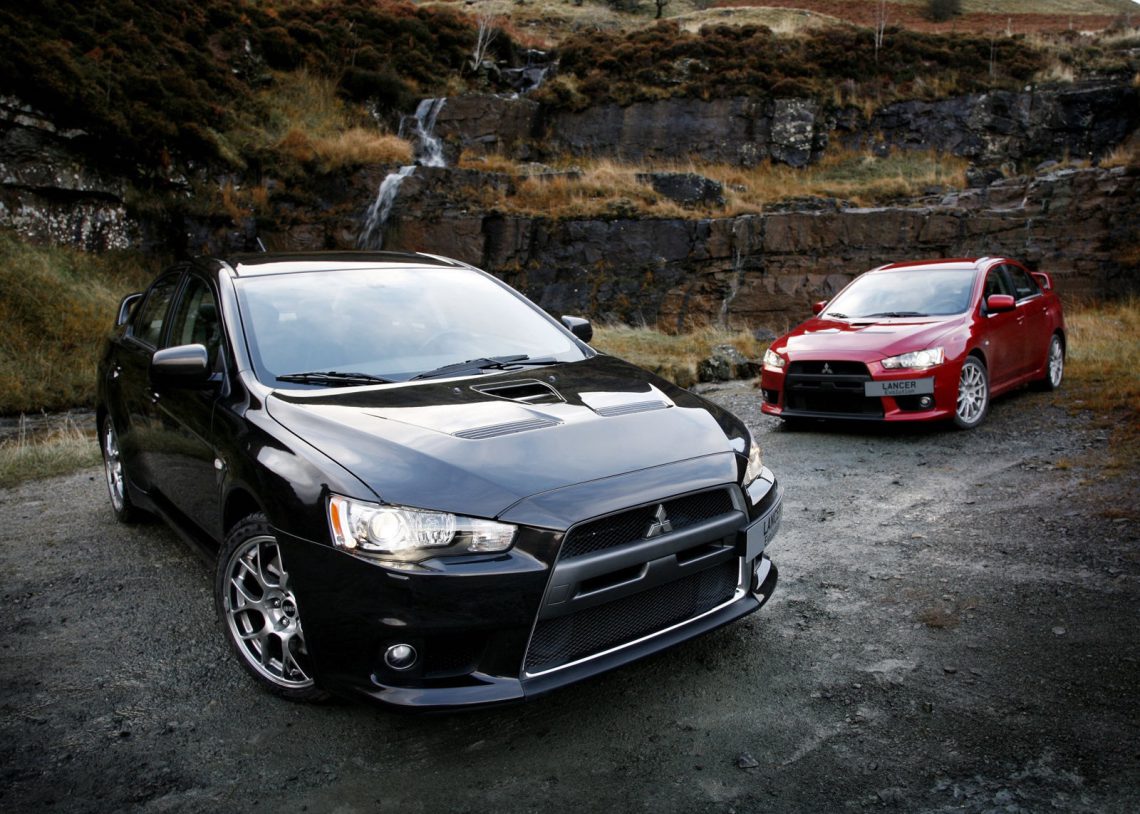
Is the Mitsubishi Lancer EVO reliable?
As a rule, the Lancer EVO is a very reliable car, provided it is well maintained. Not for nothing are there specimens for sale with fairly high mileage. You can drive it just fine every day because it is as practical and comfortable as a Volkswagen Golf. Due to the sporty nature of the car, it is safe to assume that it has been driven briskly. So check the car thoroughly for any damages and major costs, such as driveline failures. Repairs are pricey, by the way, because parts are in limited supply.
One thing is beyond question: the Mitsubishi EVO is an enthusiast’s car pure and simple. Cheap the car will never be, because even for used ones you may still transfer a generous amount. If you care about driving pleasure, this Japanese is certainly an original choice, as is the Subaru Impreza WRX STI. Even Jackie Chan was a fan of it.
Also check out the forum of Mitsubishi Turbo Club Netherlands.
